The Role of IoT in Smart Plugs: Connectivity and Automation for Businesses
The Internet of Things (IoT) has revolutionized how businesses operate, offering smarter, more efficient ways to manage energy, security, and automation. One of the most impactful yet often overlooked IoT applications is the smart plug. These compact devices bridge the gap between traditional appliances and smart technology, enabling businesses to optimize energy consumption, enhance security, and automate operations seamlessly.
In this blog, we’ll explore how IoT-powered smart plugs are transforming business operations by providing real-time connectivity, remote control, and intelligent automation.
1. Understanding Smart Plugs in an IoT Ecosystem
A smart plug is a Wi-Fi or Bluetooth-enabled device that fits into a standard electrical outlet, allowing users to control connected appliances remotely via a smartphone app or voice assistant (e.g., Alexa, Google Assistant). When integrated into an IoT network, smart plugs become more than just remote switches—they evolve into data-driven automation tools.
Key Features of IoT-Enabled Smart Plugs:
-
Remote Control: Turn devices on/off from anywhere.
-
Energy Monitoring: Track power consumption in real time.
-
Scheduling & Automation: Set timers and routines for devices.
-
Voice & App Integration: Compatible with smart assistants and business management systems.
-
Safety Mechanisms: Overload protection and surge detection.
For businesses, these features translate into cost savings, improved efficiency, and smarter energy management.
2. How IoT Enhances Smart Plug Functionality for Businesses
A. Energy Efficiency & Cost Savings
One of the biggest advantages of IoT-connected smart plugs is their ability to monitor and optimize energy usage. Businesses can:
-
Track electricity consumption of individual devices (e.g., office equipment, HVAC systems).
-
Automate shutdowns during non-working hours to prevent wastage.
-
Receive alerts for unusual power spikes, helping prevent equipment damage.
For example, a retail store can use smart plugs to automatically turn off display lights after closing hours, reducing energy bills by up to 20%.
B. Remote Monitoring & Control
With IoT, business owners and facility managers can control appliances from anywhere. This is particularly useful for:
-
Restaurants & Cafés: Remotely manage kitchen equipment to ensure safety and efficiency.
-
Offices: Power down computers and printers overnight to save energy.
-
Retail Stores: Turn signage on/off based on business hours.
A cloud-based dashboard allows centralized control of multiple smart plugs across different locations, making it ideal for franchises and multi-site businesses.
C. Enhanced Security & Safety
IoT-powered smart plugs contribute to business security by:
-
Simulating presence by turning lights on/off randomly when the business is closed (deterring burglars).
-
Cutting power to faulty devices to prevent overheating or electrical fires.
-
Integrating with security systems (e.g., turning on cameras or alarms when motion is detected).
D. Automation & Smart Workflows
Businesses can automate repetitive tasks to improve productivity:
-
Smart Scheduling: Coffee machines can turn on before employees arrive.
-
Condition-Based Triggers: If a server room overheats, IoT smart plugs can power down non-critical devices.
-
Integration with Other IoT Devices: Smart plugs can work alongside sensors (e.g., motion detectors, thermostats) for a fully automated environment.
3. Real-World Business Applications of IoT Smart Plugs
A. Hospitality Industry
Hotels use smart plugs to:
-
Automate room lighting and HVAC systems based on occupancy.
-
Remotely reset malfunctioning appliances without staff intervention.
B. Healthcare Facilities
Hospitals deploy smart plugs to:
-
Ensure medical equipment is only powered when needed.
-
Monitor energy usage in critical care units.
C. Manufacturing & Warehouses
Factories leverage IoT smart plugs to:
-
Control machinery operations remotely.
-
Implement predictive maintenance by tracking power fluctuations.
D. Co-Working Spaces & Offices
Smart plugs help in:
-
Managing shared resources (printers, projectors) efficiently.
-
Reducing phantom power drain from idle devices.
4. Challenges & Considerations
While IoT smart plugs offer numerous benefits, businesses should consider:
-
Cybersecurity Risks: Ensure devices have encryption and secure authentication.
-
Compatibility Issues: Verify integration with existing IoT ecosystems.
-
Scalability: Choose solutions that support large-scale deployments.
5. The Future of IoT Smart Plugs in Business
As IoT technology advances, smart plugs will become even more intelligent, with features like:
-
AI-driven energy optimization (predictive shutdowns based on usage patterns).
-
Blockchain for secure energy transactions (useful for shared workspaces).
-
5G connectivity for faster, more reliable remote control.
Conclusion
IoT-powered smart plugs are no longer just consumer gadgets—they are essential tools for modern businesses. By enabling remote control, automation, and energy efficiency, they help companies reduce costs, enhance security, and streamline operations.
As IoT adoption grows, businesses that leverage smart plug technology will gain a competitive edge in sustainability and operational efficiency. The future is connected, and smart plugs are leading the charge.
Is your business ready to plug into the IoT revolution?
No comments



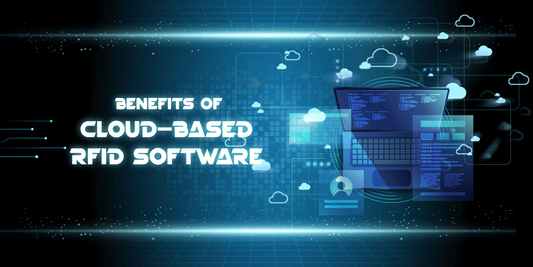
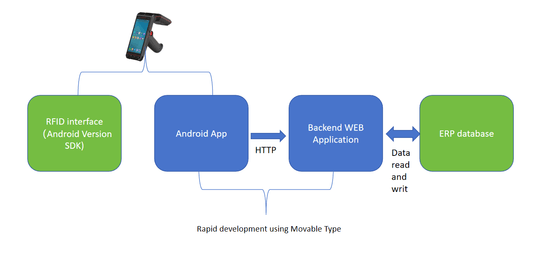
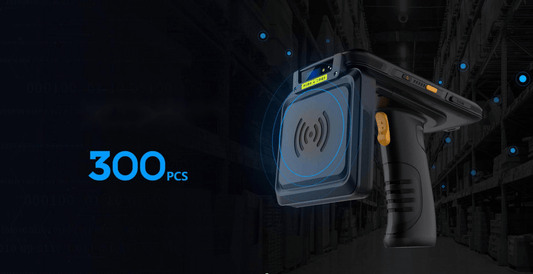
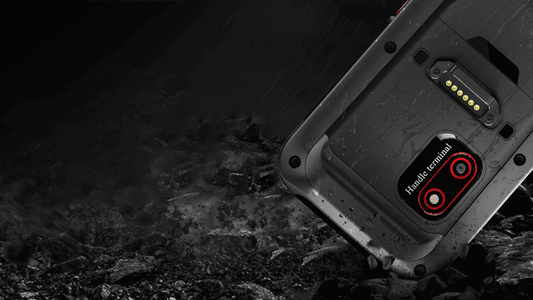


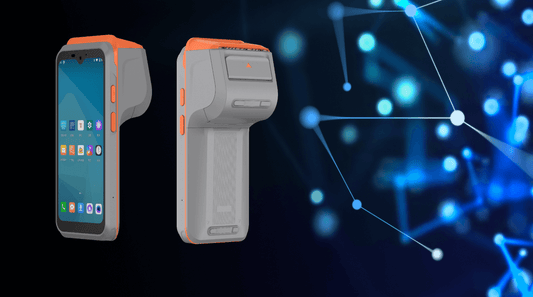
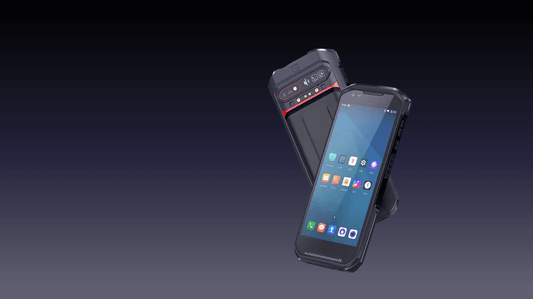
0 comments